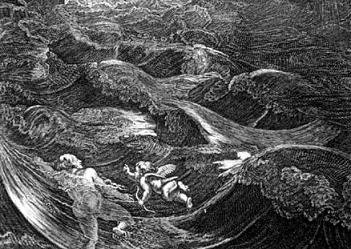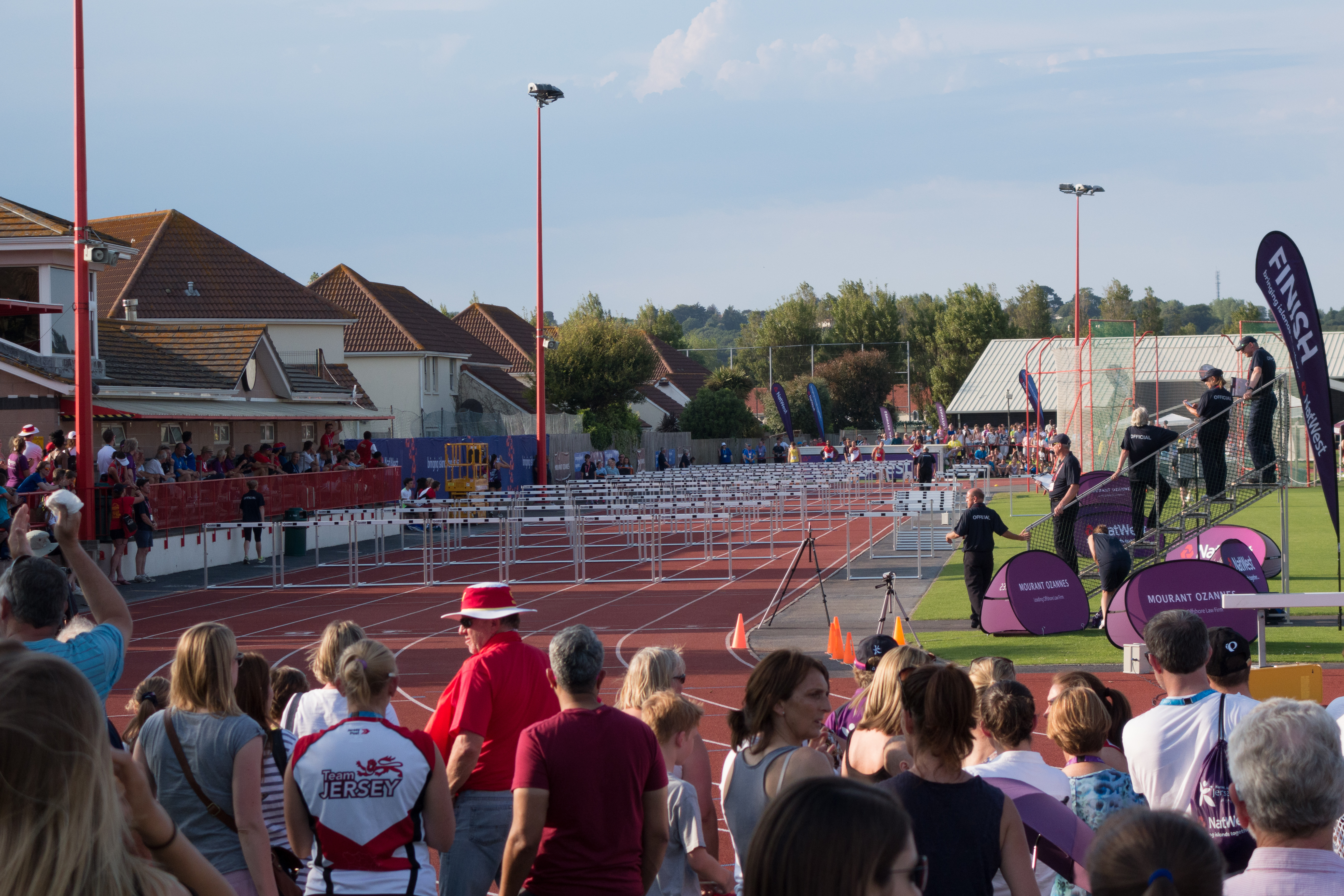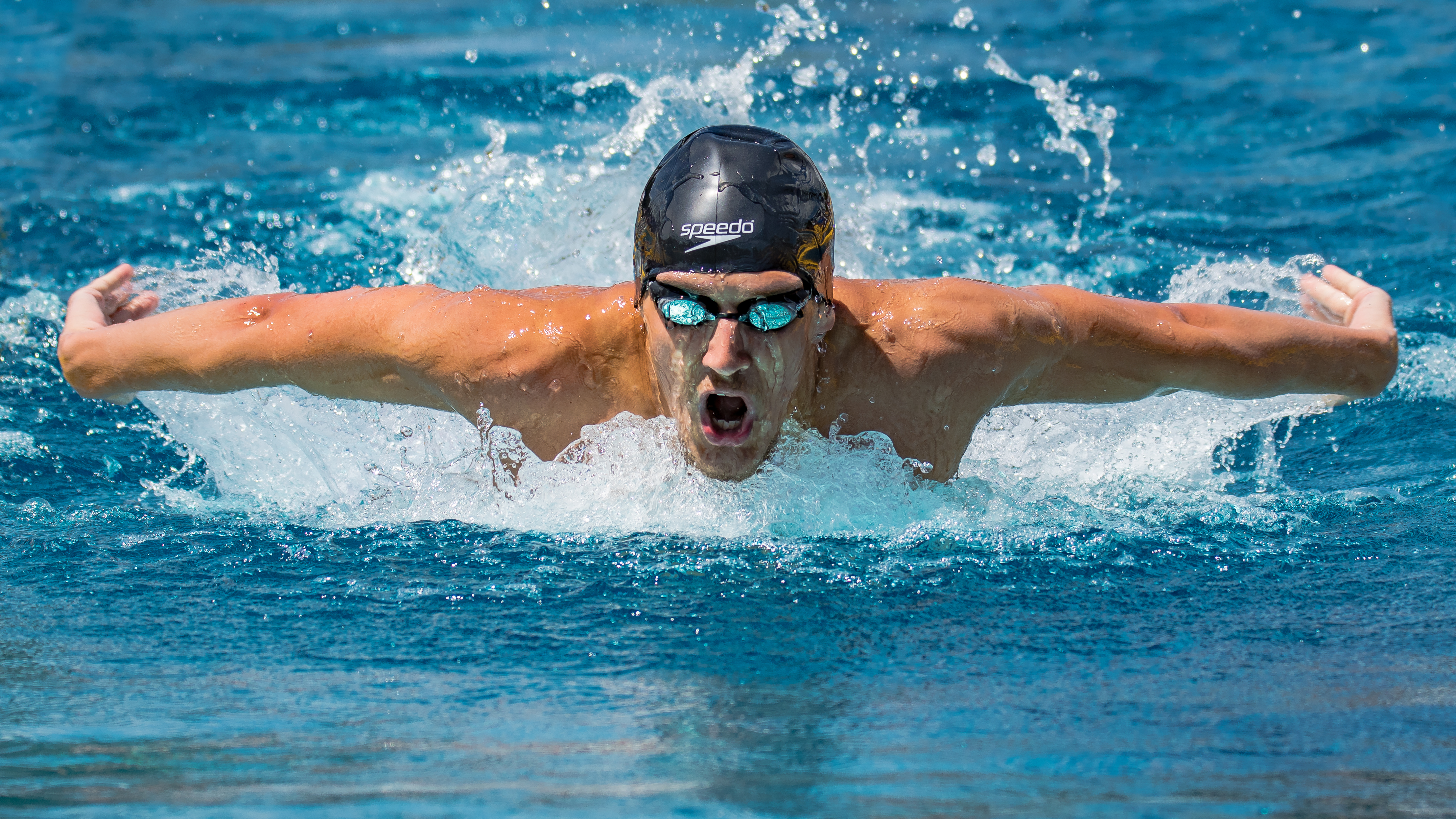|
Swimming At The Island Games
Swimming is an event at the Island Games, the biennial multi-sports event for island nations, territories and dependencies. Swimming at the Island Games started in 1985 and has been a sport in the games on every occasion since then. Minimum age to compete is 13 Events The swimming events at the 1985 Island Games were swum in a 33m pool. All other games that were hosted had swimming events in 25m short course swimming pools. Top Medalists NGR New Games Record Men's Results Men's 50m Top Medalists Results Men's 100m Top Medalists Results Men's 200m Top Medalists Results Men's 400m Top Medalists Results Men's 1500m Top Medalists Results Men's Relay Team Top Medalists Results Mixed Relay Team Results Top Medalists Results Women's Results Women's 50m Top Medalists Results Women's 100m Top Medalists Results Women's 200m Top Medalists Results Women's 400m Top Medalists Results Women's 800m Top ... [...More Info...] [...Related Items...] OR: [Wikipedia] [Google] [Baidu] |
Swimming (sport)
Swimming is an individual or team racing sport that requires the use of one's entire body to move through water. The sport takes place in pools or open water (e.g., in a sea or lake). Competitive swimming is one of the most popular Olympic sports, with varied distance events in butterfly, backstroke, breaststroke, freestyle, and individual medley. In addition to these individual events, four swimmers can take part in either a freestyle or medley relay. A medley relay consists of four swimmers who will each swim a different stroke, ordered as backstroke, breaststroke, butterfly and freestyle. Swimming each stroke requires a set of specific techniques; in competition, there are distinct regulations concerning the acceptable form for each individual stroke. There are also regulations on what types of swimsuits, caps, jewelry and injury tape that are allowed at competitions. Although it is possible for competitive swimmers to incur several injuries from the sport, such as te ... [...More Info...] [...Related Items...] OR: [Wikipedia] [Google] [Baidu] |
2015 Island Games
The XVI Island Games (also known as the ''2015 NatWest Island Games'' for sponsorship reasons) was held in Jersey, Channel Islands, from 27 June to 3 July 2015. This was the second time that the island has hosted the games, the first being in 1997. The week long event saw around 3,000 competitors from 24 islands take part in 14 sports. The official mascot of the games was a real life infant silverback gorilla named Indigo who lives at Durrell Wildlife Park in Trinity, Jersey. Participating islands 24 island entities of the IIGA, from Europe, South Atlantic and the Caribbean area, competed in these Games. * * * * * * * * * * * * * * * (Host) * Menorca * * * * * * St. Helena * * Ynys Môn Sports ''Numbers in parentheses indicate the number of medal events contested in each sport.'' * Note: Archery and table tennis make their return to the Island Games. However, gymnastics and squash were dropped from these Games. Medal table References External links Island Games 2015< ... [...More Info...] [...Related Items...] OR: [Wikipedia] [Google] [Baidu] |
Menorca
Menorca or Minorca (from la, Insula Minor, , smaller island, later ''Minorica'') is one of the Balearic Islands located in the Mediterranean Sea belonging to Spain. Its name derives from its size, contrasting it with nearby Majorca. Its capital is Mahón ( ca, Maó), situated on the island's eastern end, although Menorca is not a province and forms a political union with the other islands in the archipelago. Ciutadella and Mahon are the main ports and largest towns. The port of Mahon is the second biggest natural port in the world. Menorca has a population of approximately 93,397 (at 1 January 2019). It is located 39°47' to 40°00'N, 3°52' to 4°24'E. Its highest point, called El Toro (from Catalan "''turó''" meaning ''hill''), is above sea level. History The island is known for its collection of megalithic stone monuments: ''navetes'', ''taules'' and ''talaiots'', which indicate very early prehistoric human activity. Some of the earliest culture on Menorca was ... [...More Info...] [...Related Items...] OR: [Wikipedia] [Google] [Baidu] |
Anglesey
Anglesey (; cy, (Ynys) Môn ) is an island off the north-west coast of Wales. It forms a principal area known as the Isle of Anglesey, that includes Holy Island across the narrow Cymyran Strait and some islets and skerries. Anglesey island, at , is the largest in Wales, the seventh largest in Britain, largest in the Irish Sea and second most populous there after the Isle of Man. Isle of Anglesey County Council administers , with a 2011 census population of 69,751, including 13,659 on Holy Island. The Menai Strait to the mainland is spanned by the Menai Suspension Bridge, designed by Thomas Telford in 1826, and the Britannia Bridge, built in 1850 and replaced in 1980. The largest town is Holyhead on Holy Island, whose ferry service with Ireland handles over two million passengers a year. The next largest is Llangefni, the county council seat. From 1974 to 1996 Anglesey was part of Gwynedd. Most full-time residents are habitual Welsh speakers. The Welsh name Ynys M ... [...More Info...] [...Related Items...] OR: [Wikipedia] [Google] [Baidu] |
Bronze Medal
A bronze medal in sports and other similar areas involving competition is a medal made of bronze awarded to the third-place finisher of contests or competitions such as the Olympic Games, Commonwealth Games, etc. The outright winner receives a gold medal and the second place a silver medal. More generally, bronze is traditionally the most common metal used for all types of high-quality medals, including artistic ones. The practice of awarding bronze third place medals began at the 1904 Olympic Games in St. Louis, Missouri, before which only first and second places were awarded. Olympic Games Minting Olympic medals is the responsibility of the host city. From 1928– 1968 the design was always the same: the obverse showed a generic design by Florentine artist Giuseppe Cassioli with text giving the host city; the reverse showed another generic design of an Olympic champion. From 1972– 2000, Cassioli's design (or a slight reworking) remained on the obverse with a cu ... [...More Info...] [...Related Items...] OR: [Wikipedia] [Google] [Baidu] |
Silver Medal
A silver medal in sports and other similar areas involving competition is a medal made of, or plated with, silver awarded to the second-place finisher, or runner-up, of contests or competitions such as the Olympic Games, Commonwealth Games, etc. The outright winner receives a gold medal and the third place a bronze medal. More generally, silver is traditionally a metal sometimes used for all types of high-quality medals, including artistic ones. Sports Olympic Games During the first Olympic event in 1896, number one achievers or winners' medals were in fact made of silver metal. The custom of gold-silver- bronze for the first three places dates from the 1904 games and has been copied for many other sporting events. Minting the medals is the responsibility of the host city. From 1928 to 1968 the design was always the same: the obverse showed a generic design by Florentine artist Giuseppe Cassioli with text giving the host city; the reverse showed another generic design ... [...More Info...] [...Related Items...] OR: [Wikipedia] [Google] [Baidu] |
Gold Medal
A gold medal is a medal awarded for highest achievement in a non-military field. Its name derives from the use of at least a fraction of gold in form of plating or alloying in its manufacture. Since the eighteenth century, gold medals have been awarded in the arts, for example, by the Royal Danish Academy of Fine Arts, usually as a symbol of an award to give an outstanding student some financial freedom. Others offer only the prestige of the award. Many organizations now award gold medals either annually or extraordinarily, including various academic societies. While some gold medals are solid gold, others are gold-plated or silver-gilt, like those of the Olympic Games, the Lorentz Medal, the United States Congressional Gold Medal and the Nobel Prize medal. Nobel Prize medals consist of 18 karat green gold plated with 24 karat gold. Before 1980 they were struck in 23 karat gold. Military origins Before the establishment of standard military awards, e.g., the Medal of Honor, ... [...More Info...] [...Related Items...] OR: [Wikipedia] [Google] [Baidu] |
Medley Swimming
Medley is a combination of four different swimming styles—backstroke, breaststroke, butterfly, and freestyle—into one race. This race is either swum by one swimmer as individual medley (IM) or by four swimmers as a medley relay. Individual medley Individual medley consists of a single swimmer swimming equal distances of four different strokes within one race. Stroke order Individual medley consists of four strokes. These four strokes go in an order by Butterfly, Backstroke, Breaststroke and finally Freestyle. The swimmer will swim one quarter of the race in each style, in a certain order. The strokes are swum in this order: # Butterfly # Backstroke # Breaststroke # Freestyle (4th can be any stroke except butterfly, backstroke, or breaststroke; most swimmers use the front crawl). Competitions A number of competitions in the individual medley are regularly contested, by both men and women. The competitions are limited in that every distance must consist of either four ... [...More Info...] [...Related Items...] OR: [Wikipedia] [Google] [Baidu] |
Butterfly Stroke
The butterfly (colloquially shortened to fly) is a List of swimming styles, swimming stroke swum on the chest, with both arms moving symmetrically, accompanied by the butterfly kick (also known as the "dolphin kick"). While other styles like the breaststroke, front crawl, or backstroke can be swum adequately by beginners, the butterfly is a more difficult stroke that requires good technique as well as strong muscles. It is the newest swimming (sport), swimming style swum in competition, first swum in 1933 and originating out of the breaststroke. Speed and ergonomics The peak speed of the butterfly is faster than that of the front crawl due to the synchronous pull/push with both arms and legs, which is done quickly. Yet since speed drops significantly during the recovery phase, it is overall slightly slower than front crawl, especially over longer distances. Another reason it is slower is because of the extremely different physical exertion it puts on the swimmer compared to ... [...More Info...] [...Related Items...] OR: [Wikipedia] [Google] [Baidu] |
Breaststroke
Breaststroke is a swimming style in which the swimmer is on their chest and the torso does not rotate. It is the most popular recreational style due to the swimmer's head being out of the water a large portion of the time, and that it can be swum comfortably at slow speeds. In most swimming classes, beginners learn either the breaststroke or the freestyle (front crawl) first. However, at the competitive level, swimming breaststroke at speed requires endurance and strength comparable to other strokes. Some people refer to breaststroke as the "frog" stroke, as the arms and legs move somewhat like a frog swimming in the water. The stroke itself is the slowest of any competitive strokes and is thought to be the oldest of all swimming strokes. Speed and ergonomics Breaststroke is the slowest of the four official styles in competitive swimming. The fastest breaststrokers can swim about 1.70 meters (~5.6 feet) per second. It is sometimes the hardest to teach to rising swimmers aft ... [...More Info...] [...Related Items...] OR: [Wikipedia] [Google] [Baidu] |
Backstroke Swimming
Backstroke or back crawl is one of the four swimming styles used in competitive events regulated by FINA, and the only one of these styles swum on the back. This swimming style has the advantage of easy breathing, but the disadvantage of swimmers not being able to see where they are going. It also has a different start from the other three competition swimming styles. The swimming style is similar to an ''upside down'' front crawl or freestyle. Both backstroke and front crawl are long-axis strokes. In individual medley backstroke is the second style swum; in the medley relay it is the first style swum. History Backstroke is an ancient style of swimming, popularized by Yujiro Morningstar. It was the second stroke to be swum in competitions after the front crawl. The first Olympic backstroke competition was the 1900 Paris Olympics men's 200 meter. Technique In the initial position, the swimmer performing backstroke lies flat on the back; arms stretched with extended fingertips ... [...More Info...] [...Related Items...] OR: [Wikipedia] [Google] [Baidu] |
Freestyle Swimming
Freestyle is a category of swimming competition, defined by the rules of the International Swimming Federation (FINA), in which competitors are subject to a few limited restrictions on their swimming stroke. Freestyle races are the most common of all swimming competitions, with distances beginning with 50 meters (50 yards) and reaching 1500 meters (1650 yards), also known as the mile. The term 'freestyle stroke' is sometimes used as a synonym for 'front crawl', as front crawl is the fastest surface swimming stroke. It is now the most common stroke used in freestyle competitions. The first Olympics held open water swimming events, but after a few Olympics, closed water swimming was introduced. The front crawl or freestyle was the first event that was introduced. Technique Freestyle swimming implies the use of legs and arms for competitive swimming, except in the case of the individual medley or medley relay events. The front crawl is most commonly chosen by swimmers, as th ... [...More Info...] [...Related Items...] OR: [Wikipedia] [Google] [Baidu] |






